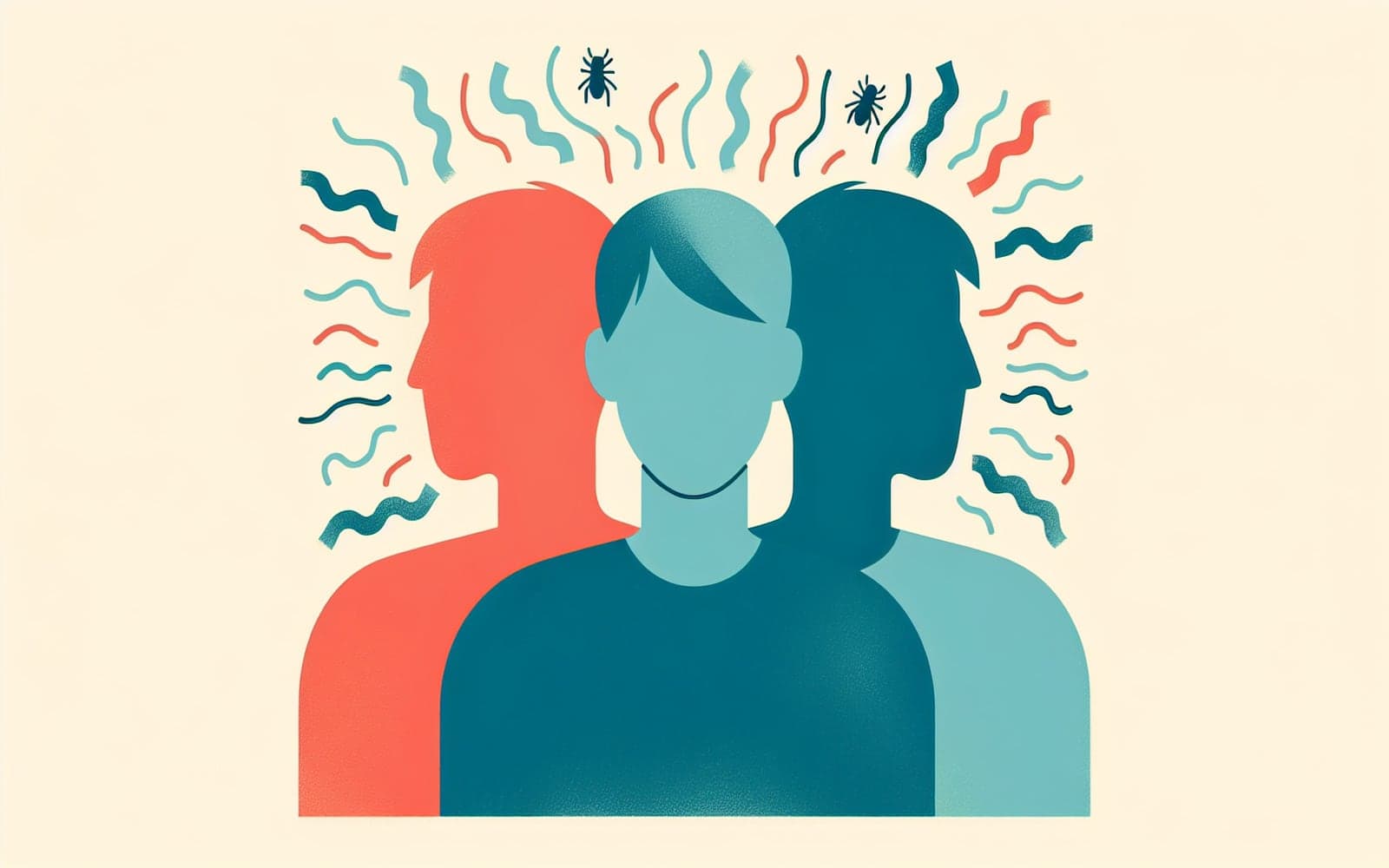The Telltale Signs: Recognizing Head Lice Symptoms
Published: Mar 25, 2024
Head lice can be sneaky invaders, but they often leave clues. Understanding the symptoms can help you catch and treat an infestation early.
Contents
The Infamous Itch
The most common symptom of head lice is itching, especially on the scalp, neck, and behind the ears. This itch is caused by an allergic reaction to louse saliva. Interestingly, it may take 4-6 weeks after infestation for itching to start if it's your first time with lice. The itching can be intense and persistent, often leading to scratching that can cause small wounds or scabs on the scalp.
Visual Clues
While lice themselves are tiny and hard to spot, their eggs (nits) are easier to see. Look for small, oval-shaped eggs attached to hair shafts, especially near the scalp. They're often yellowish or white and about the size of a knot in thread. You might also notice tiny, grayish-white bugs crawling on the scalp or hair. These are adult lice, about the size of a sesame seed.

Secondary Signs
Constant scratching can lead to secondary symptoms. You might notice small, red bumps on the scalp, neck, and shoulders. In some cases, excessive scratching can lead to a bacterial infection, causing swollen lymph nodes and red, tender areas on the scalp. A tickling feeling of something moving in the hair is another potential symptom.
Frequently Asked Questions
Yes, especially in the early stages of infestation.
Adult lice are visible, but can be hard to spot.
Lice themselves don't cause fever, but secondary infections might.
Lice don't bite, but feed on tiny amounts of blood.
Key Takeaways
Recognizing the signs of head lice early can lead to quicker treatment and relief from these pesky parasites.
Experiencing itching or noticed something suspicious in your hair? Chat with Doctronic, your AI doctor, to assess your symptoms and get guidance on next steps.Related Articles
References
Ko CJ, Elston DM. Pediculosis. J Am Acad Dermatol 2004; 50:1.
Roberts RJ. Clinical practice. Head lice. N Engl J Med 2002; 346:1645.
Always discuss health information with your healthcare provider.

